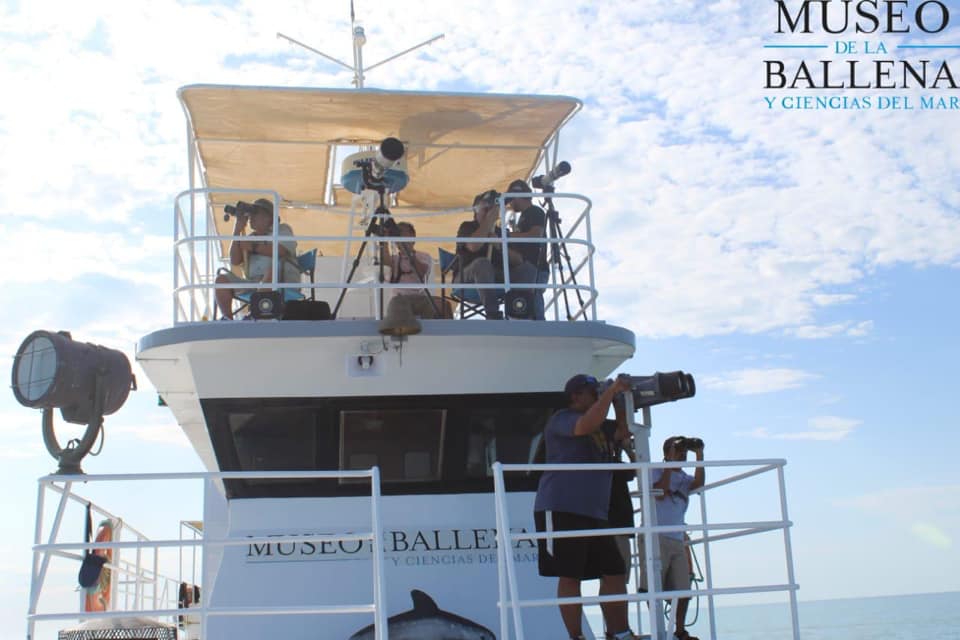From 2019 to 2021, the population of the endangered vaquita marina (Phocoena sinus) in the Upper Gulf of California saw a reduction from 11 to just 7 or 8. This, according to information published by the International Union for the Conservation of Nature, includes two vaquita calves.
This Fall, from Oct. 17th – Nov. 3rd, a research expedition aboard the Narval ship of Mexico’s Museo de la Ballena, along with the Sharpie of the Sea Shepherd conservation society, worked to identify any signs of the critically endangered species in its endemic area.

While the group reported eight vaquita sightings in the “zero tolerance area” polygon of 288 square kilometers in the Upper Gulf of California, they were unable to obtain quality photographs for identification and registry purposes. Instead, observers had to turn to a method of filling out questionnaires regarding the sightings in order to estimate the current population. They then determined there were more than 5 yet less than 13 sightings, placing the number at seven or eight. This is below the last recorded estimate in 2019 of just 11 vaquita, obtained through use of the same methodology.

Observers also documented the presence of 117 smaller fishing boats (or pangas) within the Zero Tolerance Zone, which is above the 89 registered during a 2019 expedition.
Conservation Groups’ hands are tied
An agreement this year between the Mexican government and civil groups, regarding the Upper Gulf of California, prohibits boats from the Museo de la Ballena or Sea Shepherd to remove illegal nets from within the vaquita marina habitat.
Conservation groups basically have their hands tied given the situation, with boats anchored at dock since early November. The agreement, signed in June, establishes the non-governmental conservation groups, working with their own staff and resources, must notify the Ministry of the Navy (SEMAR), CONAPESCA and PROFEPA as to any illegal nets they may spot so the latter then take charge of removing the “ghost nets.”
From 2016 to 2020, conservation groups’ efforts to remove illegal nets from the protected area of the Upper Gulf of California led to removal of more than 1000 types of illegal fishing gear, used mostly to catch totoaba. This was one of the few accomplishments Mexico could laud before the international community. However, following a fatal incident on December 31, 2020 between a small fishing panga and one of the Sea Shephard’s boats, the groups were completely prohibited from carrying out their work for about 7 months.
Presently, the Navy and PROFEPA inspectors have warned crew of the Museo de la Ballena’s Narval boat as well as that of Sea Shepherd’s Sharpie, that they cannot remove illegal nets themselves as they had once done.
